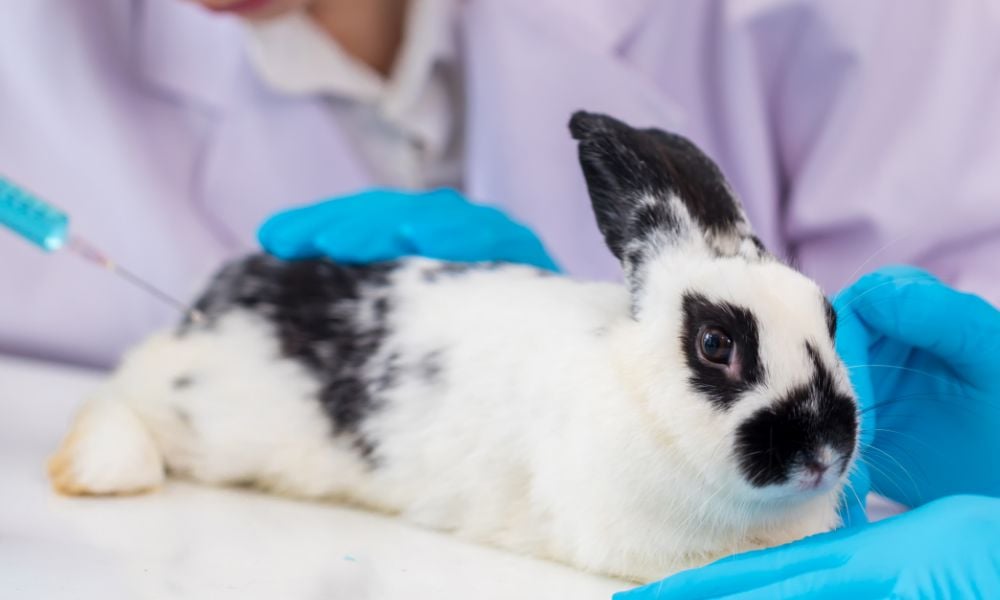The innovation of a 3D-printed device from the University of Edinburgh could pave the way to the abolition of animal testing.
The plastic “body-on-chip” device contains human cells from five major organs — the brain, heart, lungs, kidneys, and liver — and simulates chemicals moving through the circulatory system by using positron emission tomography (PET) scanning.
“This device is the first to be designed specifically for measuring drug distribution … essentially, allowing us to see where a new drug goes in the body and how long it stays there, without having to use a human or animal to test it,” Liam Carr, inventor of the device, told The Guardian.
Future models could also show how organs in different stages of disease react to medicine — as well as how everyday items like foods, aerosols, and cleaners affect the human body — improving precision in biomedical experiments.
This device is an example of innovation in biomedical models that could replace animal testing. It could also be cheaper and faster than testing new drugs on live animals.
“This device shows really strong potential to reduce the large number of animals that are used worldwide for testing drugs and other compounds, particularly in the early stages, where only 2% of compounds progress through the discovery pipeline,” said Dr. Adriana Tavares of the University’s Centre for Cardiovascular Science according to WION News.
Mice and rats — who are among the most commonly used animals in experiments — are excluded from the Animal Welfare Act, which sets minimum standards of care that must be met for animal in specific situations, including animal research. It is not required that they are given anesthesia before painful experiments and they are typically killed when experiments conclude.
Baboons, dogs, cats, rabbits, pigs, octopuses, and many other animals are also used in laboratories.
Lady Freethinker is hopeful that innovations in human cell-based models could spare countless innocent animals from the brutality of laboratory experimentation.







